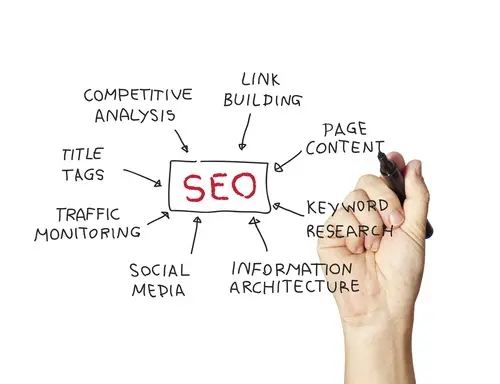
Linking is important in search engine optimization (SEO), whether it's getting your website linked by other, more popular sites or having to link other websites so that they would link back to your site. In fact, web crawlers are able to crawl and rank your site not only in accordance to the relevancy of your site, but also through the amount of links and positive recommendations of other sites that help make it more notable in the Internet at large. How your site goes about linkage is vital because search engines base their crawl findings through this particular standard as well. With that said, does your site use NoFollow and DoFollow tags to help manage your link building efforts? Do you have the NoFollow tag automatically enabled?
What Are DoFollow and NoFollow Tags?Without further adieu, here are what DoFollow and NoFollow tags mean in a nutshell. NoFollow is a tag used to tell search engines to not acknowledge a link. Actually, there's no such thing as a DoFollow tag, but if a link lacks a NoFollow tag, then it can be considered a DoFollow link. NoFollow is typed as rel="nofollow", and adding it to a link will make it a NoFollow link. In essence, NoFollow tags are used (and they're certainly used aplenty in sites such as YouTube, Facebook, and Twitter) in order to manage "authority" in a given link.
Whenever a site with a high Google PageRank links back to your site, you'll have increased authority in Google's eyes, which will then result in a higher PageRank or search engine results page (SERP) ranking. However, there are times when, in order to keep spammers (and yes... yet again, it's their fault) from abusing a popular website's PageRank-boosting capabilities, some sites impose a NoFollow tag on all outgoing links, which compels Google to ignore the fact that a link links back to you, thus there's no increase in authority, PageRank, or SEO value from links left in comments or, in Facebook's case, in Facebook Fan Pages.
The Pros and Cons of the NoFollow TagIn short, the NoFollow tag and NoFollow links remove authority in links to keep abusive spammers (and their bots) from spamming links into mainstream websites for a quick SEO boost. For websites that are looking for ways to increase their SEO and SERP rankings, finding DoFollow blogs are essential, although those blogs are just full of spammers as well. Facebook itself uses NoFollow so that users won't depend on its free services to get increased traffic and instead avail of their propriety Facebook ads PPC campaign (on top of the fact that NoFollow tags are a great spam trap).
The cons of NoFollow tagging mostly roots from companies having to adjust to this feature than from the popular sites using these tags in order to keep their domains from becoming major spam dens and whatnot. A lot of websites automatically enable the NoFollow tag so that if you were interested in using their popularity for your website's advantage, then you have no choice but to either play by their rules or pay the price of their paid ads. What's more, NoFollow is quite excessive if your site has a blog that was specifically made to coordinate with other sites and build your link authority together, then there are more effective anti-spam tactics than NoFollow.
Contact us today and receive a free consultation.
We would love to hear your comments and opinions on this blog post.








Thanks for sharing do follow and no follow tags !